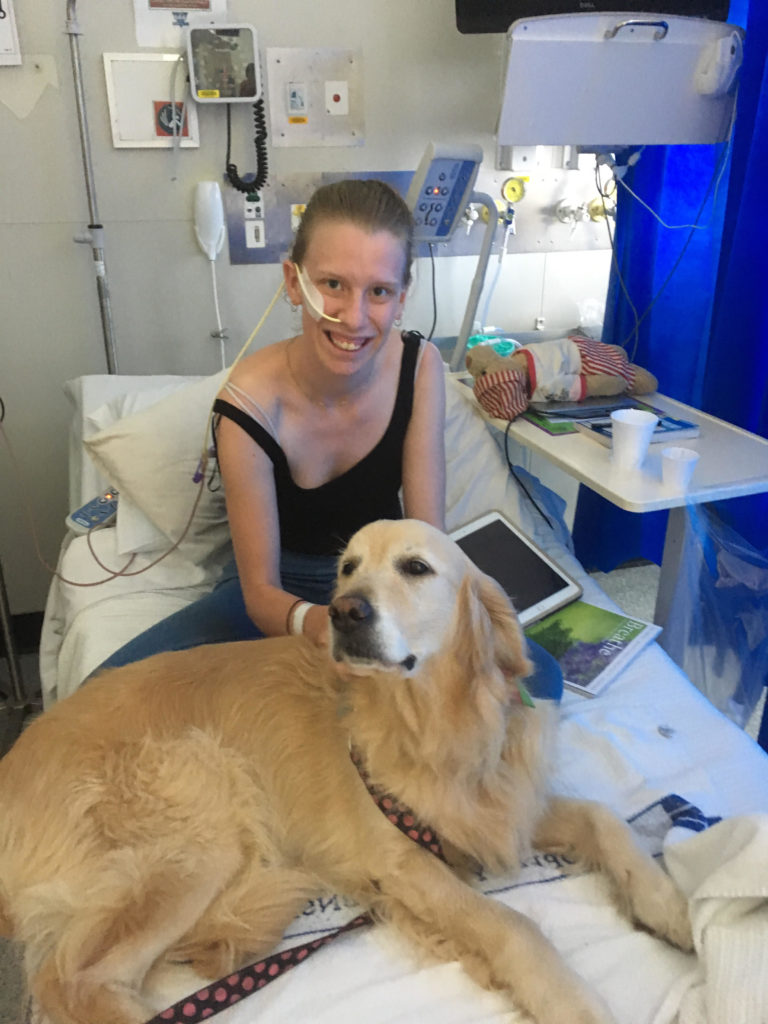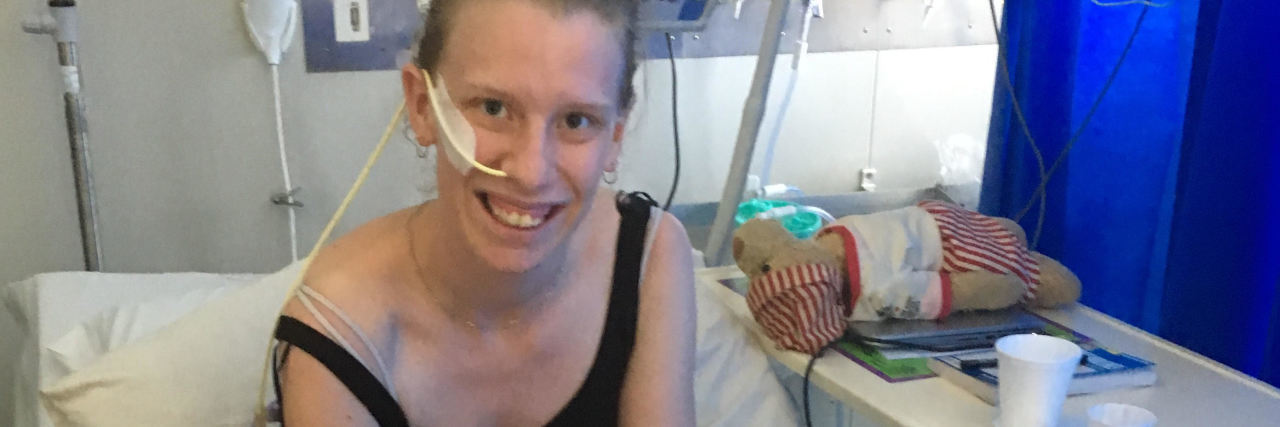A Different Kind of Feeding Tube Story
Editor's Note
If you live with an eating disorder, the following post could be potentially triggering. You can contact the Crisis Text Line by texting “NEDA” to 741741.
I currently have a feeding tube in place, so I thought it would be a great time to help spread some awareness.
Feeding tubes aren’t just for premature babies, cancer patients or those with eating disorders. They are necessary equipment for many different types of conditions, for people of many different ages. There is a lot of stigma surrounding the use of feeding tubes, and in particular within eating disorders.
This is my story. I have anorexia nervosa, and I have needed enteral feeding with an NG tube.
Anorexia nervosa is a condition that has both mental and physical aspects. It is true that NG tubes are also used to overcome the mental side of eating disorders, but for me, it is more centered around medical stability. Malnutrition and low body weight are both aspects of anorexia that can lead to medical complications.
For me, the main medical complications I have experienced from are postural tachycardia and hypoglycemic episodes, and my NG tube and enteral feeds have been vital for my recovery.
When I have been medically unstable, continuous feeds via a pump over a 24-hour period has been the safest way to provide my body with nutrition. Eating disorders place strain on the heart, which in my case presents as increased heart rate after moving — postural tachycardia. Continuous feeds are necessary to reduce strain on the heart and guard against refeeding syndrome, which can affect electrolyte levels and have resulting effects on the heart.

Continuous feeds are also the safest way to maintain blood glucose levels. Hypoglycemic episodes can be fatal and commonly occur in the early hours of the morning. Continuous feeds ensure my body is consistently being provided with slow-acting carbohydrates.
During my recovery journey, I have also required bolus feeds. These are when a large amount of liquid is provided over a short amount of time. In my case, this is between 200 to 400 milliliters of high-calorie liquid formula over 10 to 15 minutes.
This is used when I am at a higher level of medical stability but unable to consume the necessary calories for weight restoration due to gastrointestinal problems such as nausea, bloating, constipation and diarrhea. I have also required bolus feeds in later stages of my recovery to supplement oral nutrition to ensure I am receiving the calories needed to compensate for an increase in metabolism.
This is my story, but the uses of feeding tubes are vast and different for each individual, so please be mindful of this.
Image via contributor

